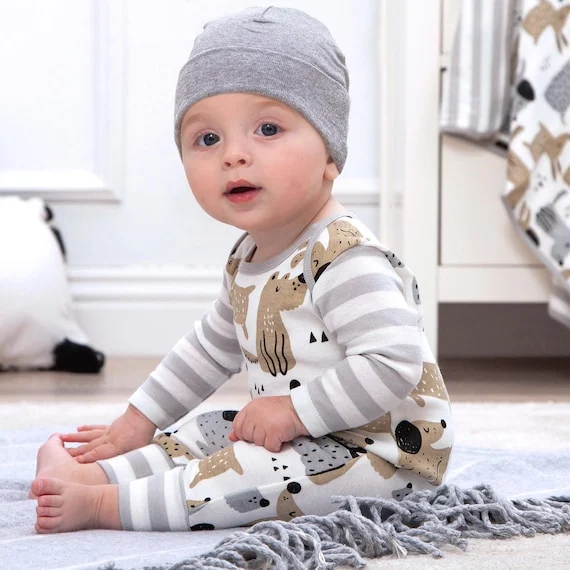As a child, I vividly remember a holiday morning when my father took my little brother and me on a walk after opening gifts. Out of nowhere, our neighbor’s exuberant Irish Setter charged out of the house, excited to greet us. While the dog meant no harm, it knocked my brother over, and I can still picture his terrified face. That experience left a lasting impression on both of us—especially my brother, who developed a fear of unfamiliar dogs. Because of this, I was determined that my own children would not carry that same anxiety.
To ensure my kids felt at ease around pets, I sought guidance from friends who owned dogs and cats, teaching them the proper way to interact with animals. Moreover, we decided to wait until our children were a bit older before bringing a pet into our home so they could grasp the responsibilities that come with pet ownership. When we adopted a 2-year-old Shih Tzu last spring, I quickly realized that the responsibility of being a pet owner was more intense than I had anticipated. My journey with our new furry friend has highlighted how crucial it is for pet owners and parents to collaborate in creating a safe environment for both children and animals.
1. Collaborate to Teach Safe Pet Interactions
While our dog thrives on attention, not every dog shares the same temperament. It’s essential for parents to educate their children on approaching dogs safely. Teach them to ask the owner for permission first and to respect their response. If I say no, please understand it’s for the dog’s comfort. As a pet owner, I promise to avoid taking my dog to overly stimulating environments.
2. Guidance is Key When Petting a Dog
Dogs, just like people, don’t appreciate surprises. Encourage your child to approach a dog from the side rather than from behind, and to let the dog sniff their hand before attempting to pet. I cherish the moments when our dog interacts with children, and I appreciate parents who assist in ensuring these encounters are safe and enjoyable for everyone involved.
3. Respect a Pet’s Need for Quiet Time
Every pet, whether a dog or cat, needs downtime. If an animal retreats to its bed or favorite spot, it’s crucial for children to respect that space and allow them some peace. If I kindly ask your child to give our dog a breather, it’s not out of rudeness, but rather to ensure our pet can recharge amidst the commotion.
4. Teach Kids About Feeding Time Etiquette
Pets can be quite protective of their food. Make sure your children understand that they should never disturb a pet while it’s eating or drinking. Encourage them to wait patiently, as the pet will be eager to play once its meal is finished. If your little one visits during mealtime, I’ll make sure there’s a tasty snack for them to enjoy while our dog eats.
5. Caution with All Animals, Even the Adorable Ones
Regardless of how well-behaved a dog may seem, it’s vital to teach children to respect an animal’s boundaries. No pet is infallible, and there’s always a chance that even the friendliest dog might react unpredictably. We’ve dedicated time to training our dog, but it’s essential to remember that animals have their own personalities and limits.
I love sharing the joy our dog brings to our lives, and I’m always eager to teach kids the right way to approach her. However, it’s equally important that parents recognize our dog is part of our family and respect her space. For more guidance on pet interactions, you can check out this insightful article.
In conclusion, fostering understanding and respect between children and pets is vital in creating harmonious environments for everyone. Each interaction holds the potential for joy, provided we all play our part in prioritizing safety.

Leave a Reply